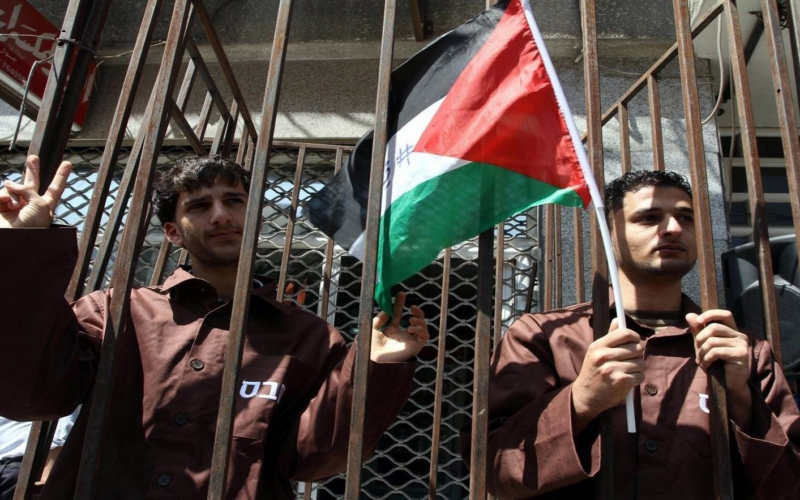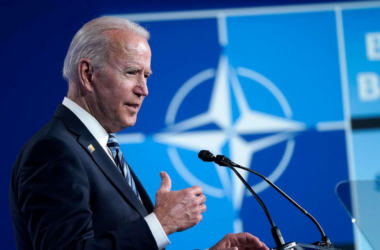Hamas has proposed what it considers minor changes to a ceasefire agreement facilitated by the United States, according to a senior leader of the group. These modifications include the complete withdrawal of Israeli troops from the Gaza Strip and the release of certain Palestinian prisoners.
The proposal, which has been a focal point of intense negotiations, is aimed at ending the ongoing conflict in Gaza. U.S. Secretary of State Antony Blinken indicated on Wednesday that Hamas had suggested numerous revisions to the ceasefire plan, some of which he described as impractical. However, mediators are determined to bridge the differences and finalize the agreement.
Key Demands:
The senior Hamas leader, speaking to Reuters on Thursday, outlined the group’s primary demands:
- Israeli Troop Withdrawal: Hamas insists on the full withdrawal of Israeli forces from Gaza as a condition for the ceasefire.
- Prisoner Release: Hamas seeks to select 100 Palestinians, serving long-term sentences in Israeli jails, for release. The group objects to limitations in the Israeli proposal, which excludes prisoners with high sentences unless they have less than 15 years remaining on their terms.
“There are no significant amendments that, according to Hamas leadership, warrant objection,” the Hamas official noted, suggesting that the changes are feasible within the context of the ceasefire deal.
Ceasefire Negotiations:
The ceasefire proposal, backed by the U.S., aims to halt the violence that has escalated in Gaza. Blinken acknowledged that while Hamas had proposed several changes, the mediation efforts continue to focus on closing the gaps between the conflicting parties.
Negotiators are working to address both the security concerns of Israel and the humanitarian needs in Gaza. The proposed adjustments by Hamas reflect their priorities in the negotiation process, primarily concerning the treatment of Palestinian prisoners and the presence of Israeli military forces in the region.
Context and Reactions:
The conflict in Gaza has drawn international attention and concern, with many calling for an immediate cessation of hostilities. The ceasefire agreement is seen as a crucial step towards stabilizing the situation and preventing further casualties.
The demand for the release of long-term prisoners has been a longstanding issue in negotiations between Israel and Palestinian groups. The specifics of the prisoner release and the withdrawal of Israeli troops are central to the discussions and are expected to play a significant role in the finalization of the ceasefire.
Next Steps:
As mediators continue their efforts, both parties are urged to compromise and agree on terms that can lead to lasting peace. The international community remains hopeful that the proposed changes will be addressed promptly, allowing for the successful implementation of the ceasefire and the beginning of recovery and reconstruction in Gaza.
In conclusion, while Hamas has requested changes to the U.S.-brokered ceasefire agreement, these are considered manageable by the group’s leadership. The focus remains on achieving a comprehensive and sustainable resolution to the conflict through continued negotiation and mediation.








